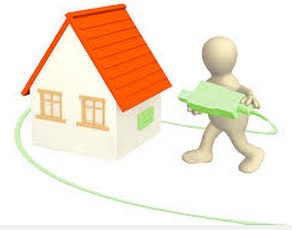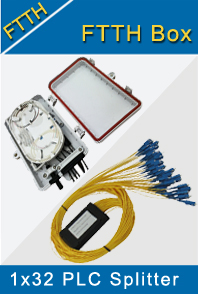-

- Sopto Home
-

- Special Topic
-

- FTTH Knowledge
-

- OTDR Training Using a Fiber Lab
FTTH Knowledge
- Solving the FTTH Rollout Problem in Multiple Dwelling Units
- WDM PON Introduction FAQ
- A Simple Overview of Optical Power Meter
- ODN is based on PON FTTH Optical Cable Network of the Device
- Using an OTDR to be an Expert in Fiber Link Testing
- How FTTH Broadband Works?
- Connections among Fiber Terminal Boxes & Patch Cables & Pigtails
- Easy to Install a Fiber Terminal Box
- What is Arrayed Waveguide Grating?
SOPTO Special Topic
Certificate



Guarantee
Except products belongs to Bargain Shop section, all products are warranted by SOPTO only to purchasers for resale or for use in business or original equipment manufacturer, against defects in workmanship or materials under normal use (consumables, normal tear and wear excluded) for one year after date of purchase from SOPTO, unless otherwise stated...
Return Policies
Defective products will be accepted for exchange, at our discretion, within 14 days from receipt. Buyer might be requested to return the defective products to SOPTO for verification or authorized service location, as SOPTO designated, shipping costs prepaid. .....
Applications

Sopto supply the best FTTH solutions for your network!
SOPTO Products
- Fiber Optic Transceiver Module
- High Speed Cable
- Fiber Optical Cable
- Fiber Optical Patch Cords
- Splitter CWDM DWDM
- PON Solution
- FTTH Box ODF Closure
- PCI-E Network Card
- Network Cables
- Fiber Optical Adapter
- Fiber Optical Attenuator
- Fiber Media Converter
- PDH Multiplexers
- Protocol Converter
- Digital Video Multiplexer
- Fiber Optical Tools
- Compatible
Related Products
Performance Feature
FTTH Knowledge
Recommended

OTDR Training Using a Fiber Lab
Learning to operate an OTDR properly is a very important skill for technicians at companies managing and servicing fiber optic networks. The OTDR is used frequently to determine length and loss characteristics, as well as for testing optical fibers for faults and related issues that can negatively affect network performance.
There are a number of different types of OTDR devices in the market, from small portable units designed for field use, to sophisticated laboratory-grade devices that can provide a wide range of features intended for the most advanced users. Regardless of the type of OTDR itself, the one complimentary item that is always required for training is a length of test fiber. (Note: An OTDR launch fiber may also be required for overcoming the “dead zone” of a fiber-under-test, which is covered here).
While most training classes will use lengths of fiber on unsecured spools or in makeshift types of enclosures, this is generally not “best practice” as the delicate fiber is frequently at risk of damage, and often not very easy to handle. Considering that the test fiber will be used by many students over time, it is a benefit to most classes to use a more professional solution for OTDR training.
By utilizing one of the many Fiber Lab solutions for OTDR training from Sopto, instructors and students both receive a number of benefits not available when using a traditional, unsecured fiber spool. For convenience, we have outlined a number of key benefits below.
Key Benefits of Using a Fiber Lab for OTDR Training:
- Easy-to-handle, stable enclosures protect fiber from accidental damage while providing consistent results
- Any type of fiber is available, as well as any custom length, for simulating a number of different network scenarios
- Fiber can include user-specified attenuations that represent field splices, good or poor connectors, or other “events” that a student must learn to identify with an OTDR
Ultimately, a Fiber Lab provides every student with a real optical network in an efficient package, customized to include common events that they will experience in live networks. For the instructors, it is a great value to have a handy tool that can be used for teaching demonstrations, as well as testing students to ensure they have learned the OTDR skills necessary to be successful. Lastly, instructors do not have to spend time attempting to build their own solution when an ideal platform is already available.
For more FTTH operating tools, please contact a Sopto representative by calling 86-755-36946668, or by sending an email to info@sopto.com.




